#thoth-amon
Photo

King Conan #4 December 1980 cover by John Buscema
38 notes
·
View notes
Photo

Pat Roach as Toth-Amon in Man Ape form in Conan The Destroyer
Watercolors on Paper, 8.5″ x 11″, 2023
By Josh Ryals
#pat roach#toth-amon#thoth-amon#robert e. howard#conan the barbarian#conan the destroyer#1984#man ape#apeman#fan art#original art#portrait#painting#watercolors#josh ryals#joshua ryals#josh ryals art#joshua ryals art#joshryalsart
7 notes
·
View notes
Text









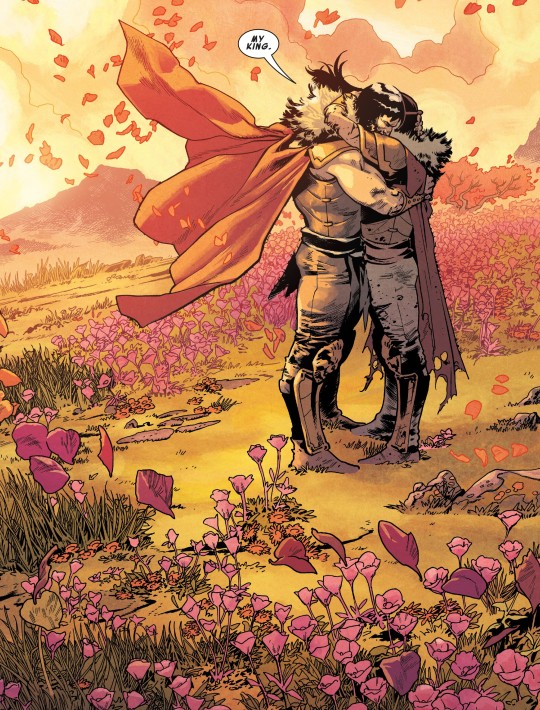
From King Conan Vol. 2 #004, “Conan vs. Conan”
Art by Mahmud Asrar and Matthew Wilson
Written by Jason Aaron
8 notes
·
View notes
Text
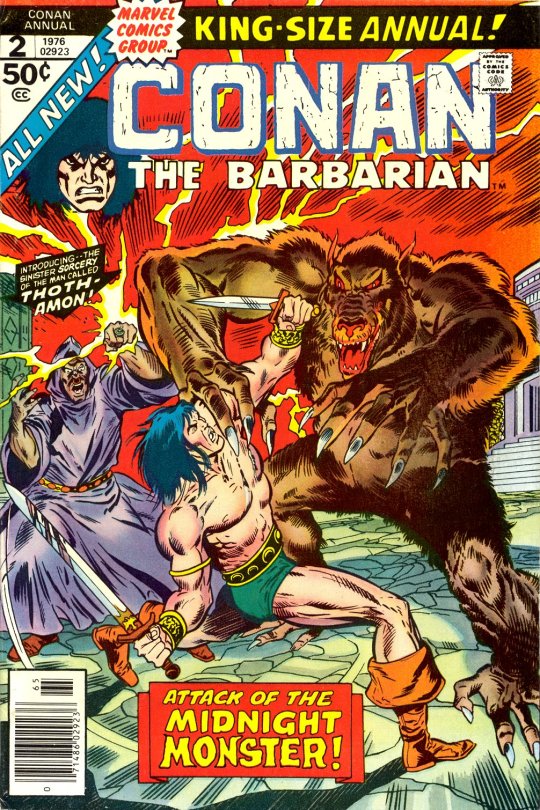
Conan the Barbarian Annual #2 -January 1976-
script by Roy Thomas
art by John Buscema
18 notes
·
View notes
Text
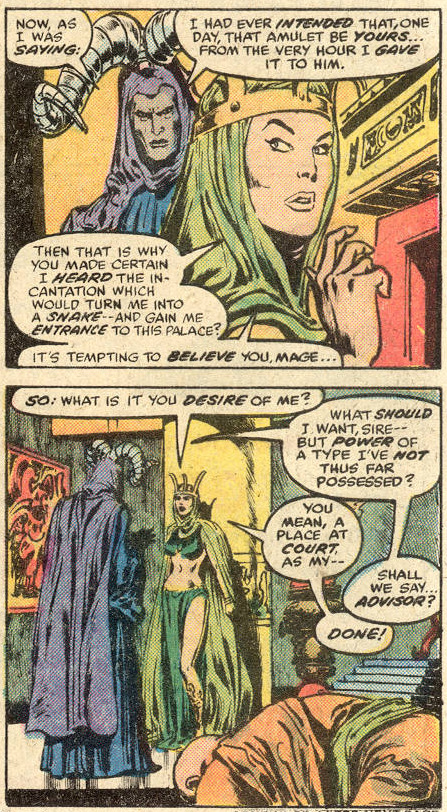
Oh yea lady, THAT GUY in the midnight purple robes with the rams horns glued to his hood seems totally trustworthy
Conan the Barbarian 89
10 notes
·
View notes
Text


Conan The King #054 (1986)
Art by Joe Jusko And Joe Kubert
#Comics#Marvel Comics#King Conan#Joe Kubert#Joe Jusko#Vintage#Art#Original Art#Before And After#Marvel#Fantasy#Fantasy Comics#Swords And Sorcery#Swords And Sorcery Comics#REH#Robert E Howard#Thoth Amon#1986#1980s#80s
64 notes
·
View notes
Text

#For not but Higher
#The BLUTOPIA POWER PAC
# The Passenger Pigeon Party. (Now inc)
www.WHOXOHM.com
#us#on#the#poll#2024#magic#thoth#electric cars#electric vehicles#electricity#wall street#news#capitalism#chocolate#energy#environment#america#horus#sekhmet#thoth amon#art#my art#fan art#digital art#illustration#artists on tumblr#poetry#words#text#*
2 notes
·
View notes
Text

Thoth Amon
Art by Barry Windsor-Smith
#barry windsor smith#thoth amon#conan#sorcerer#from the badlands#from the b movie badlands#fantasy#comics
5 notes
·
View notes
Text
Valley of the Kings, Queen Hatshepsut, Rameses III Temples Luxor Egypt
Valley of the Kings – planetware
The extensive archeological sites around Luxor are alluring. Visiting them is an extraordinary opportunity, but there’s so much to observe, it’s a bit overwhelming. I’m taking several tours led by knowledgeable Egyptologists – with a one-day break in between explorations. Unable to join groups, my tours have been private with a guide and driver. When it’s just you…
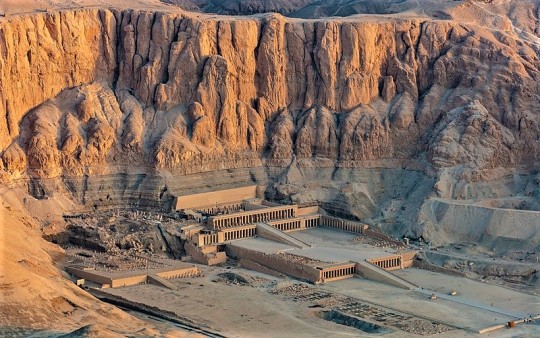
View On WordPress
#Amon God of the Air#Anubis Egyptian God of the Dead#Archaeologist Howard Carter#Book of the Dead#Egypt’s Oldest Funerary Book The Amduat#Egyptian Funerary Practices#Egyptian Limestone#Egyptian Mythology#Egyptian Pharaohs#God Horus#God Osiris#God Thoth#Goddess Nut Matriarch of the Egyptian Pantheon and Sky Goddess Nut#Hermopolitan Ogdoad#Hieroglyphs#Holy Theban Hills#Jackal-Headed Anubis God of Embalming and Friend of the Dead#King Thutmose I#King Thutmose II#King Thutmose III#Litany of Re#Lord Carnarvon#Medinet Habu#Mortuary Temple Hatshepsut Luxor Deir el-Bahari#New Kingdom – 18th to 20th Dynasties of Ancient Egypt#Pharaoh Hatshepsut II#Pharaohs XX Dynasty#Pleistocene Epoch#Queen Hatshepsut#Queen Hatshepsut Mortuary Temple
2 notes
·
View notes
Text
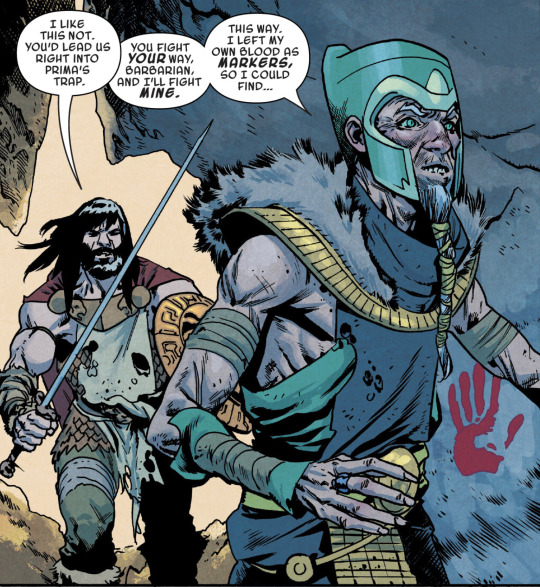
You fight your way, barbarian, and I’ll fight mine.
#king Conan#Conan the barbarian#Conan#thoth amon#fight#sword and sorcery#fantasy comics#jason aaron#mahmud asrar#marvel comics#comics#2020s comics
5 notes
·
View notes
Text
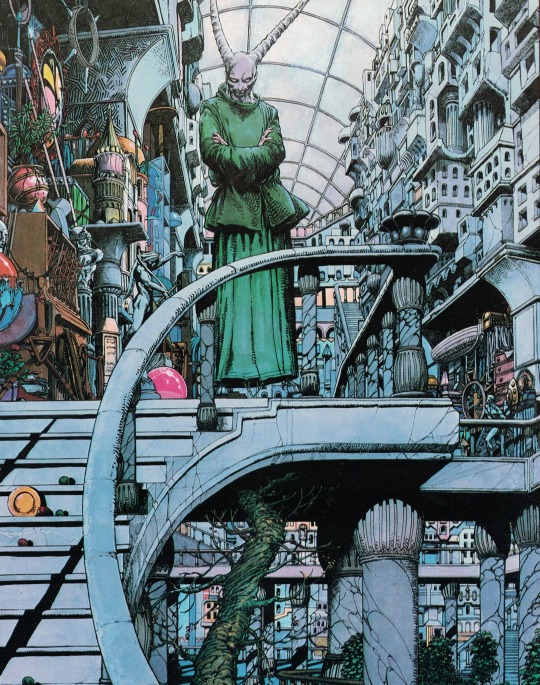
Art by Barry Windsor-Smith 'Thoth Amon' from The Flights of Icarus (1977)
1K notes
·
View notes
Text
Egyptian Astrology✨🔮
✨ The Nile (January 1-7, June 19-28, September 1-7, November 18-26): People born under this sign are compassionate, nurturing, and protective. They tend to have a strong connection to water and are often caring and empathetic individuals. The Nile is associated with the traits and characteristics of Capricorn.
✨ Amon-Ra (January 8-21, February 1-11): Those born under this sign are natural-born leaders. They are ambitious, confident, and determined individuals. They possess strong willpower and have a radiant personality. Amon Ra is associated with the traits and characteristic of Taurus.
✨ Mut (January 22-31, September 8-22): People born under this sign are known for their maternal instincts. They are caring, loyal, and protective individuals. They have a strong sense of justice and fairness. Mut is associated with the traits and characteristic of Scorpio.
✨ Geb (February 12-29, August 20-31): Those born under this sign are down-to-earth and practical. They are reliable, hardworking, and enjoy stability. They have a deep connection to the earth and nature. Geb is associated with the traits and characteristic of Aquarius.
✨ Osiris (March 1-10, November 27-December 18): People born under this sign are often wise and spiritually inclined. They are introspective, intuitive, and have a strong sense of justice. They are natural healers and have a deep understanding of life and death. Osiris is associated with the traits and characteristics of Aries.
✨ Isis (March 11-31, October 18-29, December 19-31): Those born under this sign are nurturing, creative, and compassionate. They have a deep sense of intuition and are often gifted with artistic abilities. They are supportive and loyal friends. Isis is associated with the traits and characteristics of Pisces.
✨ Thoth (April 1-19, November 8-17): People born under this sign are intelligent, logical, and have excellent communication skills. They are quick-witted and often excel in areas such as writing, teaching, or research. They have a thirst for knowledge and are highly adaptable. Thoth is associated with the traits and characteristics of Virgo.
✨ Horus (April 20-May 7, August 12-19): Those born under this sign are natural protectors. They are courageous, assertive, and have strong leadership qualities. They are often confident individuals who inspire others. Horus is associated with the traits and characteristics of Libra.
✨ Anubis (May 8-27, June 29-July 13): People born under this sign are known for their strong sense of justice. They are analytical, intuitive, and have a deep understanding of human behaviour. They often have a calm and composed demeanour. Anubis is associated with the traits and characteristics of Leo.
✨ Seth (May 28-June 18, September 28-October 2): Those born under this sign are passionate and energetic individuals. They possess a strong drive and determination to achieve their goals. They can be both creative and assertive. Seth is associated with the traits and characteristics of Gemini.
✨ Bastet (July 14-28, September 23-27, October 3-17): People born under this sign are often associated with grace and beauty. They are sociable, artistic, and enjoy being the centre of attention. They have a strong sense of loyalty and protectiveness. Bastet is associated with the traits and characteristics of Cancer.
✨ Sekhmet (July 29-August 11,October 30-November 7): Those born under this sign are powerful and confident. They have a strong sense of self and are often charismatic individuals. They possess great strength and are natural leaders. Sekhmet is associated with the traits and characteristics of Sagittarius.
Disclaimer: Unlike Western and Vedic Astrology, Egyptian Astrology is not much practiced and studied, so just take it for fun. This is just a collection of what I read in various places. 🙈
#astrology#astro community#astro observations#astro notes#astro posts#horoscope#egyptian astrology#history
349 notes
·
View notes
Text
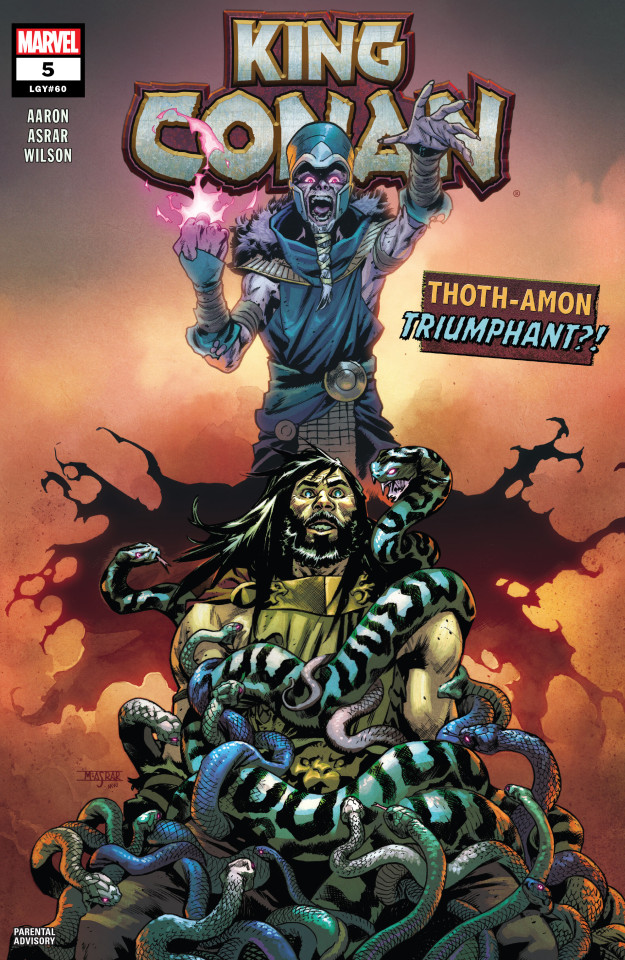
“You’d do well to remember the name of the man who’ll soon be master over you all.” -- Thoth-Amon
Cover art for King Conan Vol. 2 #005, “The Ballad of Thoth-Amon of the Ring”
Art by Mahmud Asrar and Matthew Wilson
5 notes
·
View notes
Text
Incest on the Nile, Part One
Oh, the Egyptians. One of the greatest ancient civilizations. Remembered by their mummies, pyramids and well, incest. Not only in the myths but in the man pharaonic lines.
"It's incest! Like the Kings and Queens of Ancient Egypt!"
As said by Melanie, from The Magic Toyshop, upon seeing a brother and sister kissing. I had full intention of making a gif from this scene in movie, but the version I can find on youtube is of such bad quality that I decided it's not worthy.
Either way, the point is, the Egyptian Pharaohs were famous for inbreeding, and their gods reflect that. Specially because the Pharaohs were seen as being an incarnated god, so it makes sense they do as the gods did and marry their sisters. Besides, incest helps with the concentration of power, which is something monarchs love.
According to the The Bremner-Rhind Papyrus, which recounts the Heliopolis Creation Myth. There was the first god, who narrates the text and is left unnamed, but through other sources we can assume to be Atum, who is often associated with Ra, and through that association, to Amun. This first god created Shu and Tefnut and this lineage created all the other major gods. The texts says:
"I came forth from the roots, I created all reptiles and all that exists among them. Shu and Tefnut begat Geb and Nut, and Geb and Nut begat Osiris, Horus Mekhantenirti, Seth, Isis, and Nephthys from the womb, one after the other, and they begat their multitudes in this land."
Shu and Tefnut
Shu, god of air, and Tefnut, goddess of moisture, are the children of Atum. An account of their birth, in which they are said to be twins, is given in the pyramid text of Pepi I, who ruled between the 24th and 23rd centuries BC:
"Atum is the one who came into being as one who came (with penis) extended in Heliopolis. He put his penis in his fist so that he might make orgasm with it, and the two twins were born, Shu and Tefnut."
In the pyramid text of Unis, who ruled circa 2345–2315 BC, the two are mentioned to be, together, considered the "Dual-Lion":
"Dual-Lion, who made their two gods and their body themselves—that is Shu and Tefnut, who made the gods, begot the gods, and set the gods."
Tefnut and Shu were frequently represented as a dual-headed being, so I would dare to say they are quite co-dependent, like those couples to never leave each other side. Execpet that one time Tefnut left Shu to go on a killing spree in Nubia. A text known as the Leyden Papirus narrates "the mission imposed by R[a] on Thoth and Shu to conciliate Tefnut, his daughter, who as a result of a quarrel has assumed the form of a lioness and withdrawn to the Nubian desert; the two gods transform themselves into apes, pacify the goddess by the magic and eloquence of Thoth, and return with her to Egypt" (West, 1969).
Geb and Nut
Geb, god of earth, and Nut, goddess of the sky, were the children of Shu and Tefnut, and they were in love. However, the sun god (be it Ra, Amon or Atum) feared that the children of this union would usurp the throne of from, so he placed a curse that forbid her from giving birth in any day of the year, which had 360 days. Luckily for Nut, Thoth helped her, by getting the light from the moon god, Khonsu, and using this light to make 5 extra days in the year. On each day, Nut gave birth to a different child: Osiris, Horus, Set, Isis and Nephthys. The sun god didn't like this a bit and ordered Shu to physically hold Geb and Nut apart so they could no longer have children.
Geb and Tefnut
Some traditions, starting in the 30th dynasty, claim that Geb married his mom, Tefnut, after his father forcefully split him from Nut. In the Shrine of Ismailia, better known as the Shrine of El Arish, there's an inscription that recounts Shu's battle against Apep, and that Geb used his father's absence to take control of the Kingdom. The problem is that most translation of this text are in German, I don't speak German. The little I could translate, with Google's help said something like:
"Geb looked at his mother; he desired her very much, and his heart longed for her, and therefore he travelled the earth in great suffering [...] he found her in that place called Pecharti; then he seized her by force. Now there arose a very great uproar in the palace."
However, other version don't include the rape. According to Jørgensen (2014) the Tebtunis Mythological Manual, which dates to the 2nd century CE, says that:
"He lay with his mother Tefnut, so that they were doing harm to Shu."
Maybe Tefnut consensually had sex with Geb, since the text describes "they" both a doing harm to Shu. But, more likely than anything else, considering that this is such a late myth, this story shouldn't be considered as reflective of Geb and Tefnut's relationship. Scholars speculate that Geb taking Tefnut as his wife is a way to symbolize the transfer of kingship of Egypt, with Geb taking both the crown and the wife of Shu.
The Curious Case of Hathor
I think that it's a well established fact that myths tend to change with time. Hathor is the victim of many of theses changes. It seems that initially, in the Old Kingdom, she was thought of as being the wife of Ra. In this position, she was the mythological mother of the Pharaoh, a role that later would be filled by Isis. However, she is also conflated with Sekhmet, daughter of Ra, and fills the role of the Eye of Ra. You know the story about Teftnut going on a murder spree? Sometimes, it's Hathor who is the one to cause devastation. On the complete polar opposite, she's also said to be the mother of Ra, but in a solar cycle type of deal that each day she births him and each night he births her and so they are forever reborn.
Hathor is also credited as being the mother of Horus, possibly having had this role for even longer than Isis, but after Isis rose to prominence, she appeared in the ole of a care taker to Horus, nursing him with her milk (she's a cow goddess) while he was hidden from Set. However, in some locations, she is linked to Horus not through motherhood, but through marriage, being his wife.
Interestingly, Hathor never seem to occupy two of these roles at the same time. She's never a mother-wife to Ra or Horus. Her role seems to change accordingly to what is 'popular' at the time. This is why I'm including this as a curious case of incest, because as far as I can find, she's never married to her son. She just happens to be married to two someone who are sometimes said to be her son.
In my own personal syncretisation of all this versions of Hathor, I would say she's the daughter and consort of the Ra, who dies every night and she rebirth him every day, making her his mother too. Then, when kingship passed to Horus, she married him, having also have nursed him in his infancy (or maybe he is her biological son from her union with Ra). This would be a nice and neat way to make sense of it all, but mythology is rarely nice and neat.
References
Allen J. P. (2015). The ancient Egyptian pyramid texts (Second). SBL Press.
Faulkner, R. O. (1938). The Bremner-Rhind Papyrus: IV. The Journal of Egyptian Archaeology, 24(1), 41–53.
Jørgensen, J. K. B. (2014). Egyptian Mythological Manuals: Mythological structures and interpretative techniques in the Tebtunis Mythological manual, the manual of the Delta and related texts. Det Humanistiske Fakultet, Københavns Universitet.
Wilkinson R. H. (2003). The complete gods and goddesses of ancient Egypt. Thames & Hudson.
West, S. (1969). The Greek Version of the Legend of Tefnut. The Journal of Egyptian Archaeology, 55, 161-183.
#proship#shipcest#parent x child#egyptian mythology#brother x sister#sibcest#mother x son#father x daughter#mythology review
28 notes
·
View notes
Text

In the Marvel Universe, I would not begrudge anyone for not trusting wizards because even the good ones are so up their asses about stuff like this
Conan the Barbarian 90
1 note
·
View note
